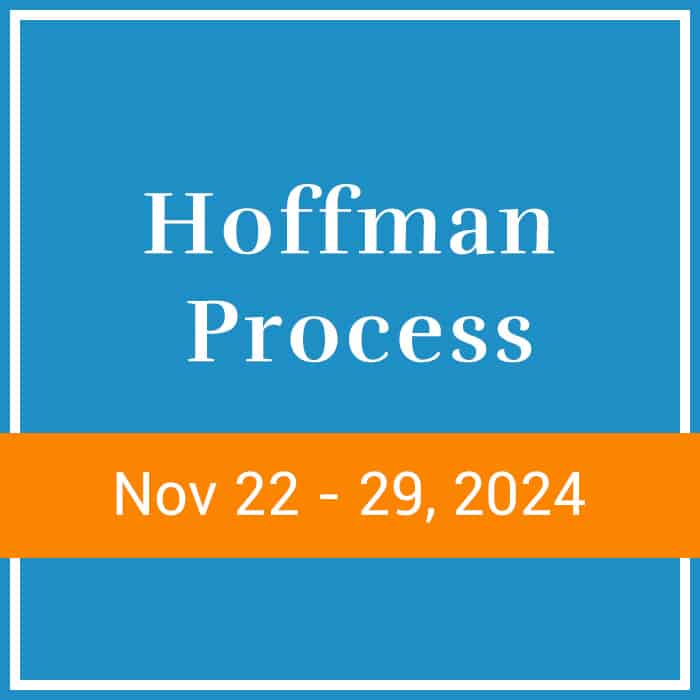With so much beyond our control after two years of living through a pandemic, it may be difficult to imagine what the future may hold, or if it will be much different from previous months. But learning how to create a vision for the future is crucial at times like these. Different from goal setting, in which you become attached to specific outcomes, visioning is a low-pressure technique that allows you to access your birth-given need for exploration. By directing your creativity towards what you find interesting, and not what others expect of you, visioning can be the most powerful practice you take into 2022, helping you gain more clarity on what you truly want and who you truly are.
Some people choose to use a ‘vision board’ as part of their practice, in which you make a collage of images and words that represent your goals and dreams in life. Author Jack Canfield describes vision boards as a compass or ‘guiding star’ to keep him moving in the direction of his dreams, no matter how many unexpected distractions everyday life brings up. But visioning doesn’t have to include a tangible vision board at all. You might use an online platform like Pinterest to make a digital vision board, or you might simply use a journal to map out your vision through words or drawings. No matter what form you use, it’s important to remember that visioning should be the starting point of a strategic planning process. Once you have a clear picture of what you want, you can figure out the most efficient path to get there.
Hoffman Process teacher Ed McClune likens visioning to exercising a muscle that can lead you to where you really want to be. He writes, “For many of us, the patterns we learned in childhood have us focusing our energy on supplying others with what they want, rather than looking inside for what we deeply long for.” By looking within and asking the right questions, you can learn to ‘add bulk’ to your visioning muscle and become an expert at creating the year and the life that you want.
Follow these steps to start creating a vision for the upcoming year and beyond:
1. Create a Vision
Visioning is based on the freedom of creativity. Give yourself some time and space to reflect. Mindfulness meditation may be useful here. Settling into your body and allowing yourself to relax, ask yourself: ‘What lights me up?’ If you could have things the way you want, how would life be? Consider your relationship to yourself, your relationship to family and friends, what kind of work you’d like to do, and even where you’d like to live. Be careful that your vision is not based on what others expect of you. If you have a pattern of pleasing others, consider using the recycling tool to release this pattern. Then create a vision board that represents your vision or record it in a journal. Place your vision board or journal in a place where you can see it often.
2. Become Aware of Current Reality
Simply having a vision will not make your dreams come true. If your vision is to sail around Australia, for example, do you have a boat? What kind of boat is it? Do you have a boating license? Allow yourself to get specific and ground your vision in where you currently stand. Remember that your current reality always changes as you progress towards your vision. Can you see obstacles as mere stepping stones on your way to making your vision a reality?
3. Hold Your Vision in Consciousness
Just as you may need concrete things like a boat or a license to achieve a vision of sailing around the continent, what do you need to embody? You may have to let go of patterns that hold you back or adopt new patterns to get there. In holding your vision and your current reality in your consciousness, ask yourself how you are called to grow and evolve to embody your vision.
4. Activate Your Own Will
The last step is to commit to your vision. As W.H. Murray, Deputy Leader of the 1951 Scottish Expedition to climb Mt. Everest, famously wrote, “Until one is committed, there is hesitancy, the chance to draw back. Concerning all acts of initiative (and creation), there is one elementary truth that ignorance of which kills countless ideas and splendid plans: that the moment one definitely commits oneself, then Providence moves too.” You must trust that existence will support your vision even if you have obstacles along the way.
The Hoffman Process helps you to get a sense of your vision at the very beginning of the Process. You’re also able to achieve more clarity on our current reality and recognize how your patterns affect your reality. At the end of the Process, you will review your vision again to ensure it was not influenced by a pattern of pleasing others.
Find out more about how the Hoffman Process can help you create a vision for your future.
This article was contributed by Erica Garza. Follow @ericadgarza on Instagram
References:
www.jackcanfield.com/blog/how-to-create-an-empowering-vision-book
www.hoffmaninstitute.org/create-your-vision










